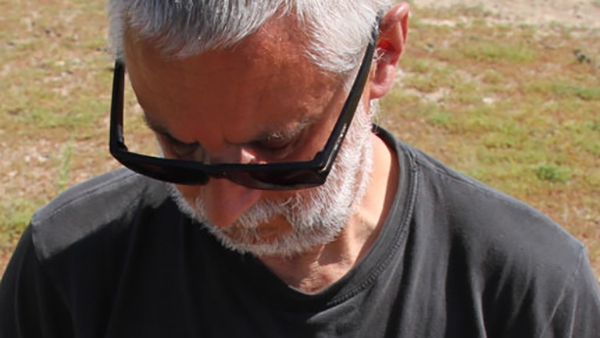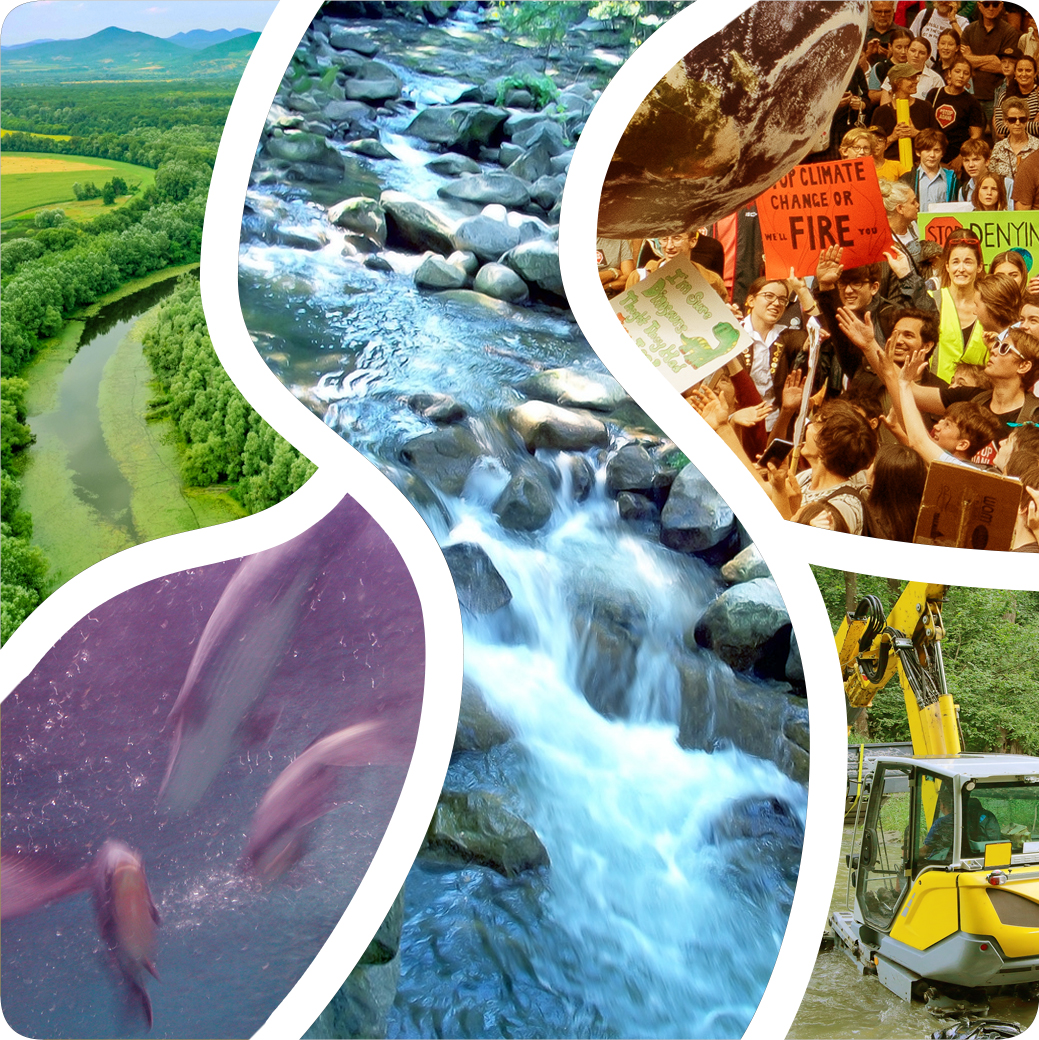Prof Anthony David Fox
Department of Ecoscience - Wildlife Ecology - Aarhus University
Scientists & Researchers

My Projects
- Key project facts
Not involved with single projects – my role currently is trying to review the cumulative effects of multiple projects and understand the successes and failures of these.
I've found Denmark to be at the forefront of wetland restoration. Although I moved here after 1987, that’s when the first national water environment management plan was introduced—mainly to address pollution from intensive agriculture, especially nitrogen runoff affecting our freshwater and coastal systems. One of the early solutions was to create functional wetlands that could filter out these nutrients. This approach has been highly successful and laid the foundation for future efforts.
Alongside this, I’ve worked near Erik Jeppesen’s group, which pioneered lake restoration techniques—particularly targeting eutrophic lakes that had shifted to turbid states. They experimented with methods like fish population management and sediment precipitation to return these lakes to clear, macrophyte-rich conditions.
Over time, I became involved in evaluating these efforts. Denmark now has over 100 artificial lakes, created not by restoring old ones but by transforming low-lying agricultural land. Although their primary function was nutrient capture, many have turned out to be surprisingly rich in biodiversity. We're now studying how to better design such systems to maximize both ecological function and biodiversity from the start.
A key lesson from large-scale projects, like the restoration at Skjern River Valley, is the importance of early stakeholder involvement. That restoration reversed decades of intensive drainage and monoculture but could have been far more beneficial to biodiversity—especially wading birds—if ecological planning had been integrated earlier. Much of my current work focuses on learning from these past efforts to improve future planning, both for ecological outcomes and societal engagement.
- What impact did these projects have on biodiversity, if any?
Improve the overall quality of freshwaters to be suitable for biodiversity. In Denmark, over 100 artificial lakes, initially created to retain agricultural runoff, were later found to be surprisingly rich in species, particularly birds. Projects like the Skjern River restoration significantly increased breeding, staging, and wintering bird populations. The restoration of turbid lakes improved aquatic habitats, promoting the return of macrophytes and associated fauna.
- What work challenges did you face and what approach did you take to solve them?
We identified several key challenges in restoration work. A major issue was nutrient pollution from intensive agriculture, which was addressed by creating functional wetlands to filter runoff—later found to be rich in biodiversity. Another challenge was restoring eutrophic, turbid lakes, solved through techniques like fish management and sediment removal. Early projects often lacked biodiversity goals and stakeholder input, leading to missed opportunities. These experiences highlighted the need for multi-functional wetland design and early, inclusive engagement with stakeholders to ensure ecological and social success.
- What lessons learned are transferable to other places/projects?
- Functional wetlands can deliver unexpected biodiversity gains even if initially designed for nutrient removal—underscoring the value of multi-purpose design in restoration projects.
- Lake restoration techniques, such as fish community management and sediment control, are effective in shifting eutrophic systems back to clear-water states and can be adapted elsewhere.
- Early and inclusive stakeholder engagement is crucial to minimize conflicts and ensure long-term support and multifunctional use of restored areas.
- Retrospective evaluations are essential to improve future planning—learning from past successes and shortcomings enhances ecological and societal outcomes.
- Restoration must integrate ecological, hydrological, and social objectives from the outset to maximize ecosystem services.
My Focus and Approach
- Lessons Learnt - Some recommendations for others?
- What’s most important:
Stakeholder by-in, preplanning to ensure maximum benefit across all users post restoration.
- Do this, not that:
Be bold, don’t be distracted.
- Always start by:
Undertaking baseline monitoring and engaging with stakeholders from well before the first actions.
- What to do when things get difficult…:
Look at the massive benefit of restorations to date.
- The biggest barrier and what I am trying to do about it:
Lack of joined up thinking, especially consultation prior to restoration and monitoring before-during-after.
- What’s most important:
My Journey
- My journey:
I am a passionate ornithologist with a strong interest in birds, particularly waterbirds. After completing a PhD on peatland hydrology in Wales, I worked for the UK’s state nature conservation agency before transitioning back to research. I joined the Wildfowl and Wetlands Trust, where we have a focus on ducks, geese, and swans. Currently, I am based at Aarhus University, where my research has a focus on the conservation of waterbirds, including sustainable hunting and the impacts of developments like offshore wind. My work is broad, policy-oriented, and closely linked to advising governments on the protection of migratory waterbirds. While the direct involvement in freshwater restoration projects is limited, I remain my engaged in related discussions.
- My Education:
BSc-PhD-DSc.
- The Big Change:
None! Hopefully as we gather knowledge about past experiences, we can become better as guiding best practice in the future.
- Favourite part of the work I do:
I like all parts of a restoration work.
Interview
Key Topics:
Key Topics
These relate to specific topics (e.g. technical solutions; restoration activities etc.) addressed within the showcase materials.
- Long term monitoring
- Biodiversity
- Ecosystem services
- Stakeholder engagement
- Nutrient runoff
Prone2Success Factors Demonstrated:
Prone2Success Factors Demonstrated
These are the Prone2Success checklist factors which are highlighted within this showcase. More information on the Prone2Success checklist can be found here.
- Measurable goals to improve ecological status
- Measurable goals to improve ecosystem services
- Supports WFD, NRL and other restoration policy goals
- Communicate/engage with stakeholders from the outset
- Include long term monitoring
NRL Restoration Categories:
NRL Restoration Categories
These are the restoration categories (listed under Annex VII of the European Nature Restoration Law (NRL) which are relevant to this showcase.
- [5] Re-establish river meandering
- [7] Re-naturalise river beds
- [22] Improve connectivity across habitats
- [32] Reduce pollution (chemicals, urban/industrial wastewater, litter, plastics)
Was this information useful?
No
Thank you for submitting feedback.
Click here to share your thoughts
Resources
Articles
- Noordhuis, R., van der Molen, D., & van den Berg, M. (2002). Response of herbivorous water-birds to the return of Chara in Lake Valuwemeer, The Netherlands. Aquatic Botany, 72, 349–367. The first time I read about such benefits to birds from freshwater regime shifts


